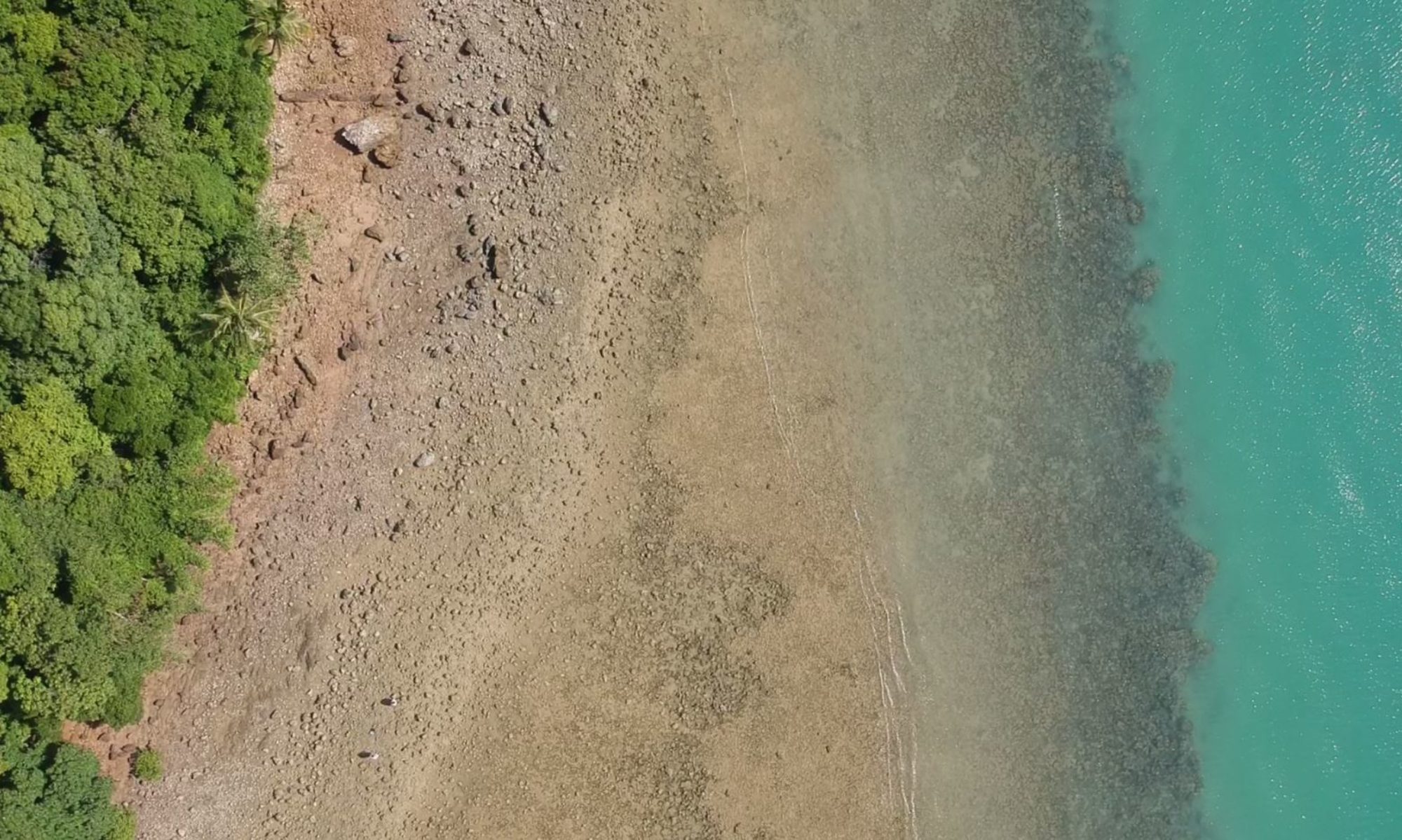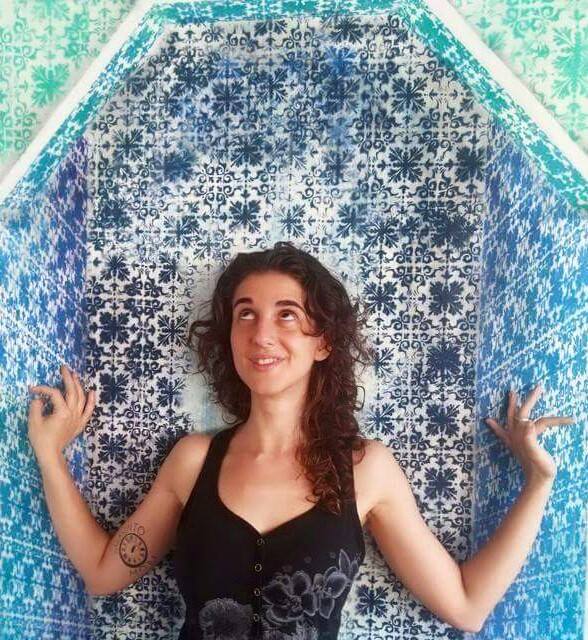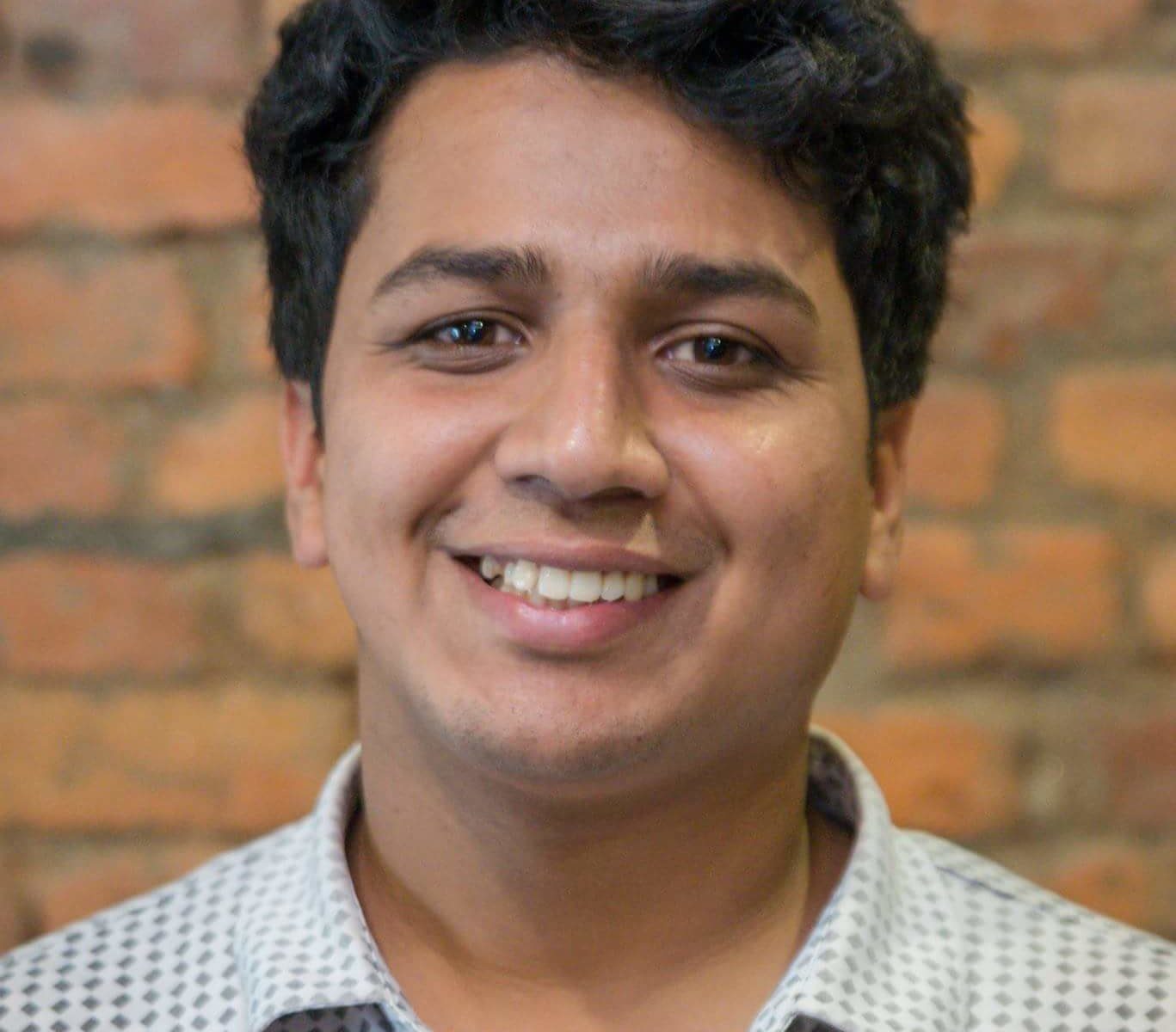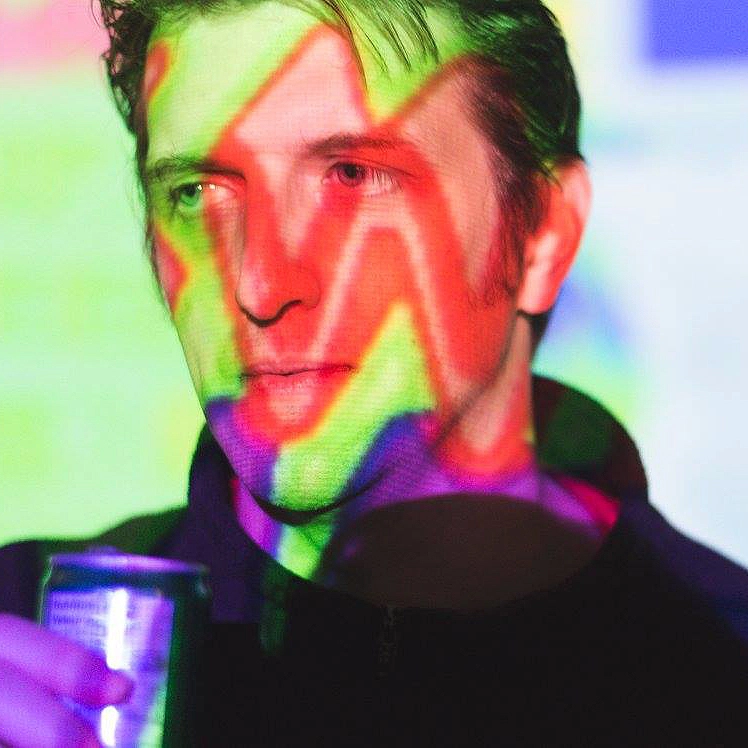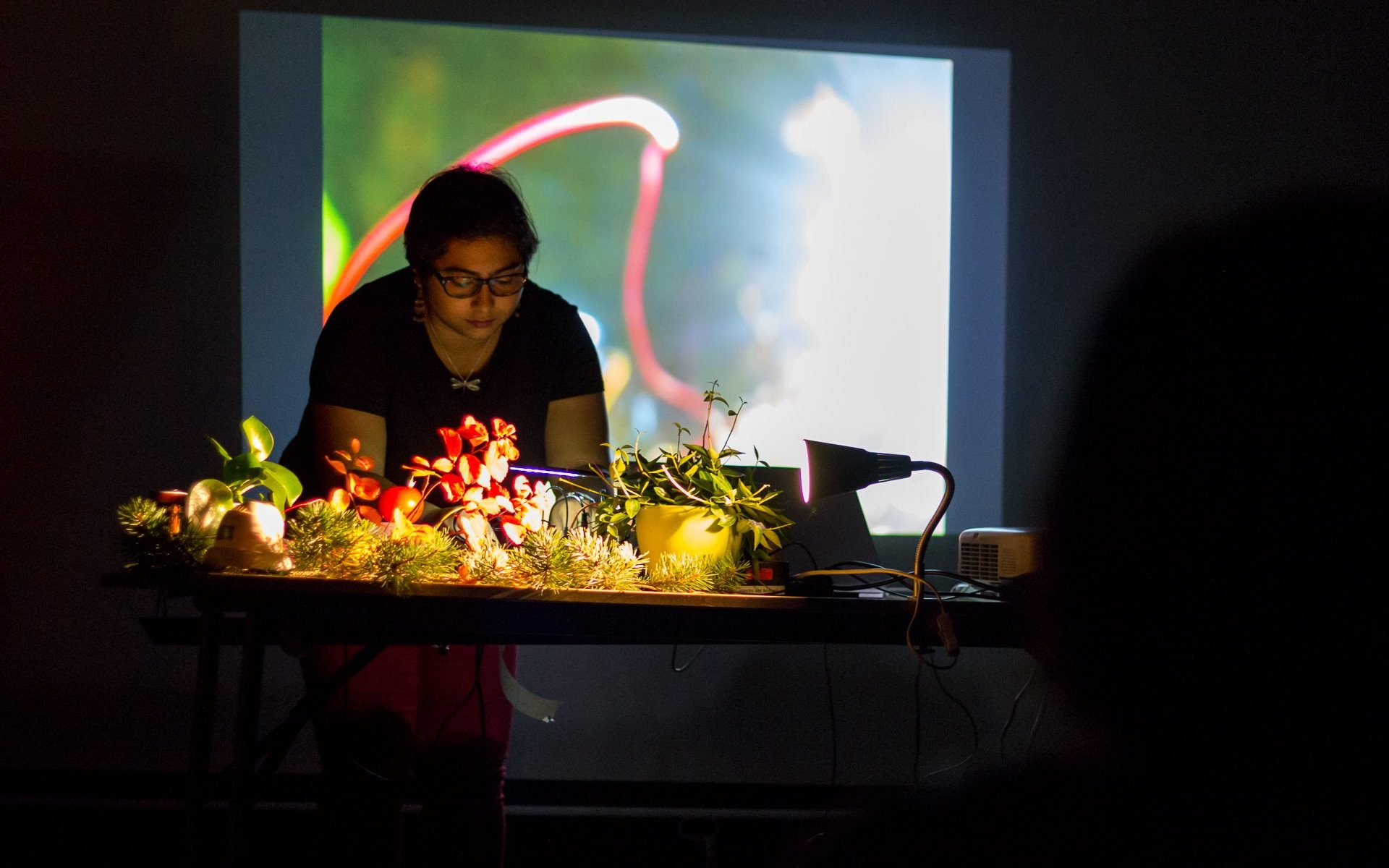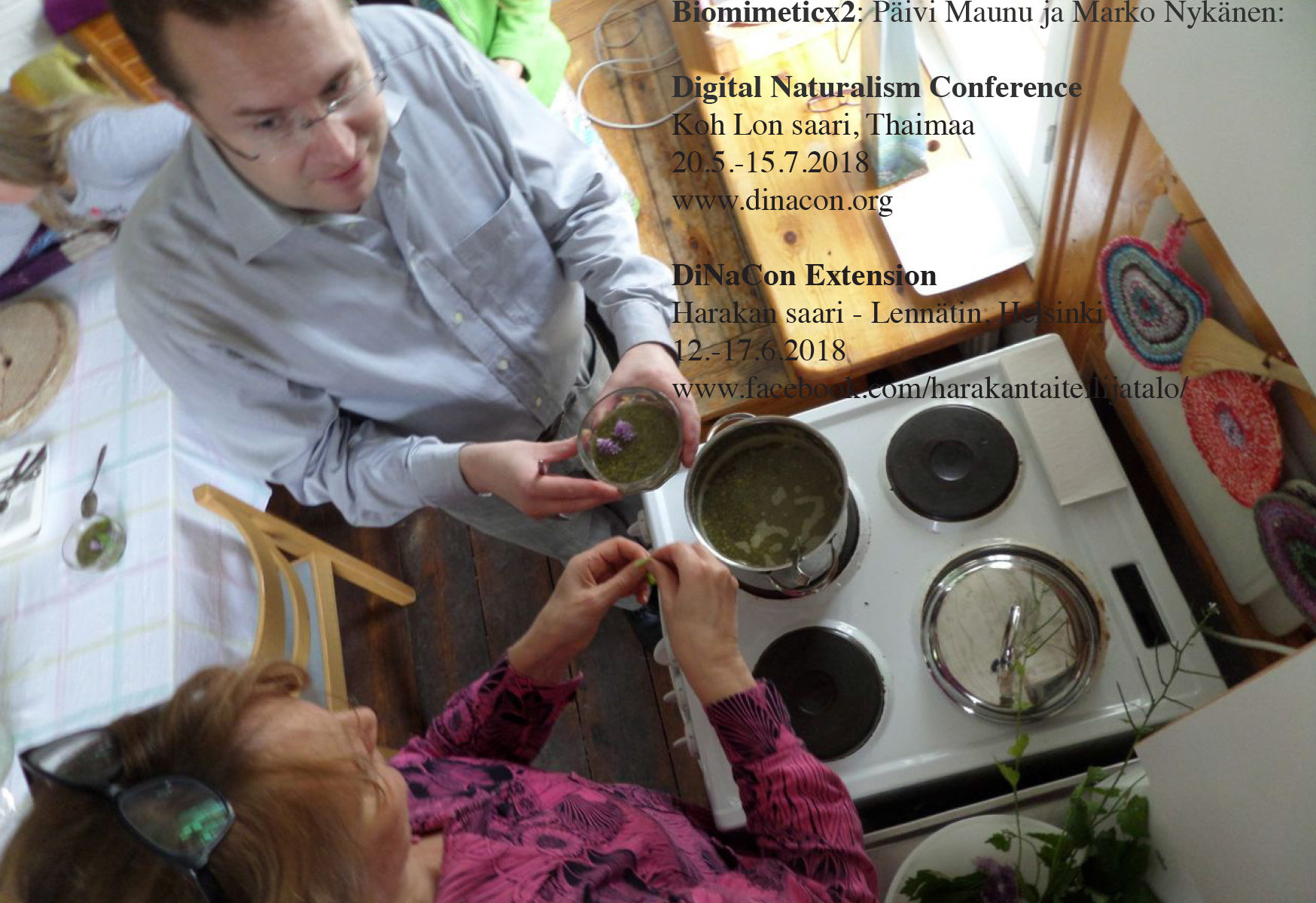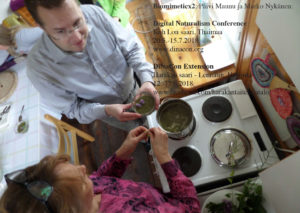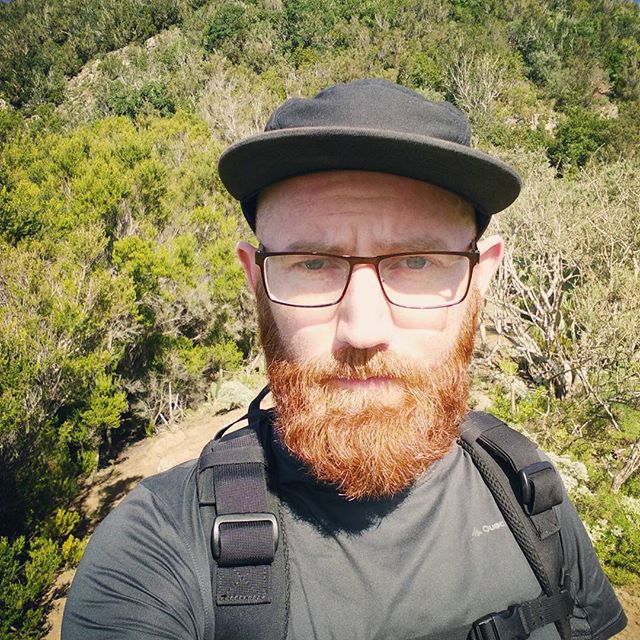Dates: 13-20 June 2018
Email: huiying.n@gmail.com
Project:
What I’m doing
Using the geospatial map as a point of departure, I’ll be planning and making a database and map of edible plants on the island that can reflect as many categories of functionality as possible for DINACON participants.
I’ll be doing some walks around the island with people, exploring digital map interfaces but also working with paper-based maps. In my free time I’ll be working on a soil testing kit!
I need your help for the edible plant map! I want to know:
- What will people do or want to do with local plants?
- What will people use them for (or be used by plants for?)
- Are there specific things you are looking out for in the plant varieties on the island? In ways related to your project, or even just for food/medicine?
- What sort of natural remedies would you be interested in trying? (I am not a trained physician, this is just for fun.)
- Are you looking for a certain kind of ecological habitat?

Some ideas I’m having about functions and categories for this map. Get in touch if you wanna work on something together!
e.g. of functions:
– food
– structures based on the material, durability, tensile strength of the plant etc
– structures based on the lifespan of the plant
– shelter for animals
– for soil: nitrogen-fixing properties, long roots aerating soil
e.g. of categories:
– ecological function it contributes to island’s flora: structure (for height, tall plants), bush, water catchment area…
– Temporality: plant’s growth rate
– Function for DINACON participants: e.g. food, ecology, structure
– Input needs by humans or animals e.g. reproduction through seed dispersal, reproduction through planting
Bio:
Huiying explores links between urban agriculture, new imaginations of urban life and socio-technical transitions, and community resilience. She is completing a thesis on agroecological learning assemblages in Southeast Asia at the Department of Geography, National University of Singapore. She is a founding member of the Foodscape Collective, a citizen research collective in Singapore that aims to expand a knowing of foodscapes by reading and walking them differently, and a part of TANAH. She has presented a mixture of individual and collective work on commons and food in the Netherlands, Canada, and the Substation and NTU Centre for Contemporary Art in Singapore. She shares her work here.
